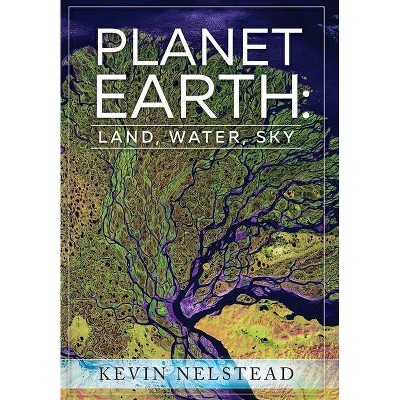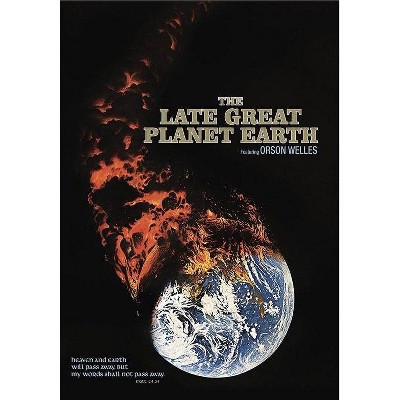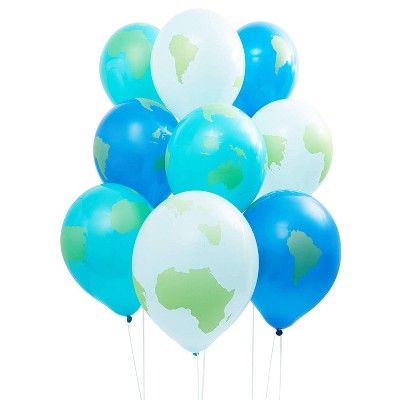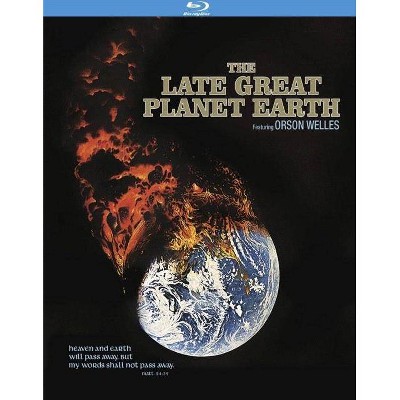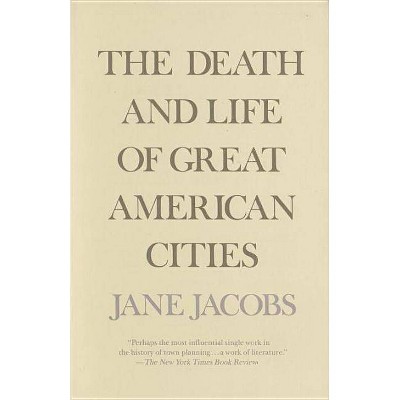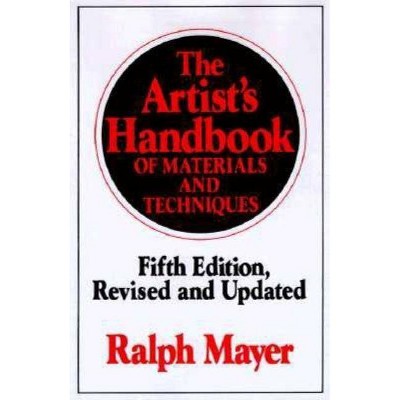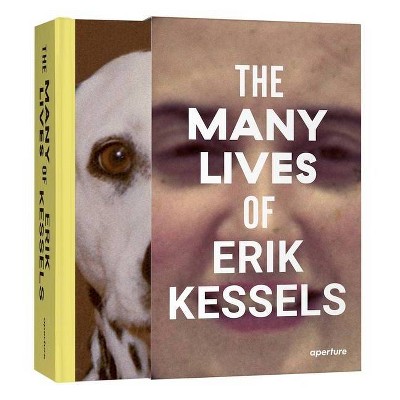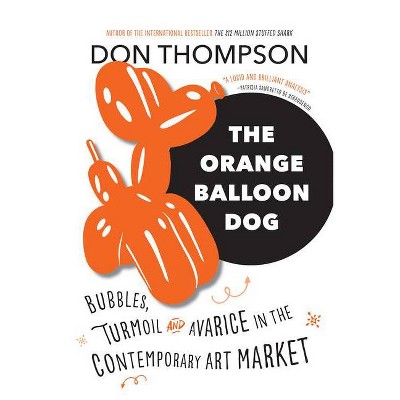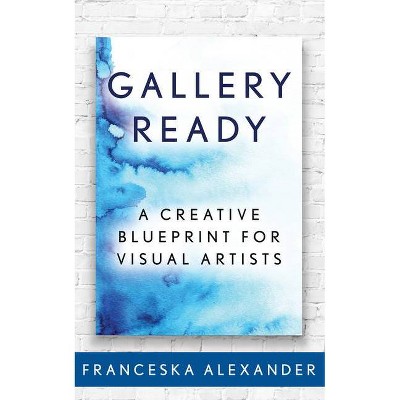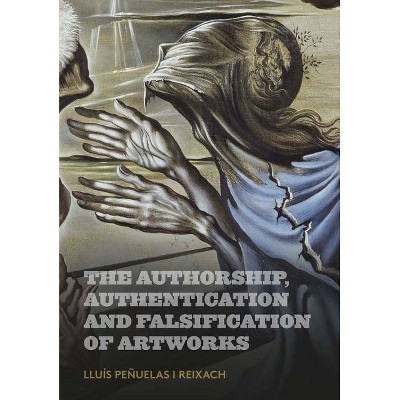The Planet After Geoengineering - by Design Earth & Rania Ghosn & El Hadi Jazairy (Paperback)
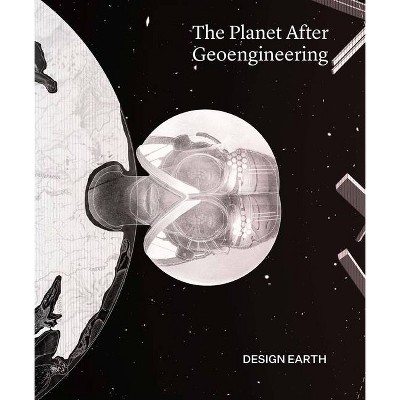
Similar Products
Products of same category from the store
AllProduct info
<p/><br></br><p><b> Book Synopsis </b></p></br></br><b>The Planet After Geoengineering is a graphic novel in five speculative fictions that imagine the worlds of climate modification technologies and their controversies. </b> <p/> The term "geoengineering" refers to technologies that counteract the effects of anthropogenic climate change by deliberately intervening in Earth systems. In the midst of a climate crisis, and with disparate views on whether planetary-scale design is the appropriate response at all, The Planet After Geoengineering employs a speculative fiction approach to think with and against geoengineering as a form of planetary management. The graphic novel makes climate engineering and its controversies visible in a series of five stories that are collectively assembled into a planetary section from the deep underground to outer space. Each geostory--Petrified Carbon, Arctic Albedo, Sky River, Sulfur Storm, and Dust Cloud--depicts possible future Earths that we come to inhabit on the heels of a geoengineering intervention all while situating such promisory visions within a genealogy of climate-control projects from nineteenth-century rainmaking machines and volcanic eruptions to Cold War military plans. Such fabrications of an engineerable earth open a space to forge a new geo-politics that includes the actual Earth-- its dimensions, processes, and lifeforms --as constitutive of design and the planet. <p/> The Planet After Geoengineering book is the graphic novel companion to DESIGN EARTH's eponymous project at the Venice Biennale of Architecture, curated by Hashim Sarkis. <p/> With essays by Kathryn Yusoff, Benjamin Bratton and Holly Jean Buck.<p/><br></br><p><b> Review Quotes </b></p></br></br><br>"...the extraordinary book <i>The Planet after geoengineering</i> by Design Earth. It<br> shows what happens when two artists deal with a subject as complex as <br>geoengineering. Through five polished graphic novels, Rania Ghosn and El<br> Hadi Jazairy present as many geohistories and possible futures. <b>--Elena Sommariva, Domus</b><br><br><br>"As a graphic novel, <i>The Planet After Geoengineering</i> is excellent: <br> beautiful and breezy but very intelligent. It is saturated with the <br>recognizable drawings by Rania Ghosn and El Hadi Jazairy, accompanied by<br> just a few lines of text per spread to help tell the stories: of <br>industrial vacuum plants sky-mining carbon dioxide in "Petrified <br>Carbon"; of a huge methane-trapping biome at the North Pole offsetting <br>permafrost depletion in "Arctic Albedo"; of rainmakers priming clouds <br>with particles of silver iodide in "Sky River"; of nuclear bombs being <br>detonated in volcanoes to recreate the cooling clouds of massive blasts <br>from eons ago in "Sulfur Storm"; and of a layer of space dust formed <br>from asteroids circling the earth to cut down on solar radiation in <br>"Dust Cloud."" <b>--John Hill, A Daily Dose of Architecture</b><br><br><br>"Geoengineering too needs its promissory and geopolitical intent creatively explored if we are to move from exceptionalism to more participative forms of governance. The arts and humanities may well offer particular critical investigations into these technologies. Artists, designers, writers, and theorists in the Cold War period, working between the specter of nuclear catastrophe and utopian architectures for planetary survival, offered both playful and critical geopolitical accounts of imaginaries of atmospheric control (such as Buckminister Fullers's 1960s "Dome over New York"). Such design begs a model of knowledge making that is both critical and creative in its exploration of the norms and structures of knowledge-making practices in geoengineering research. By engaging publics with the processes, technics, and imaginaries of geoengineering, the arts open up questions about the making of models and worlds. In this sense, cultural experiments in narrating geoengineering involves a form of geontologising: that is, the reconstitution of the earth as a dynamic world object." -<b>-Kathryn Yusoff, The Geoengine</b><br>
Price History
Price Archive shows prices from various stores, lets you see history and find the cheapest. There is no actual sale on the website. For all support, inquiry and suggestion messagescommunication@pricearchive.us
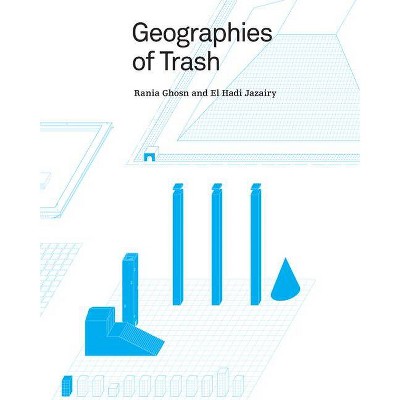
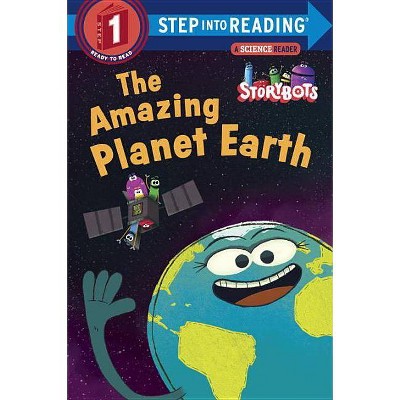
![The Planet Earth Collection: Planet Earth II/Blue Planet II [4K Ultra HD Blu-ray]](https://pisces.bbystatic.com/image2/BestBuy_US/images/products/6303/6303721_so.jpg)

